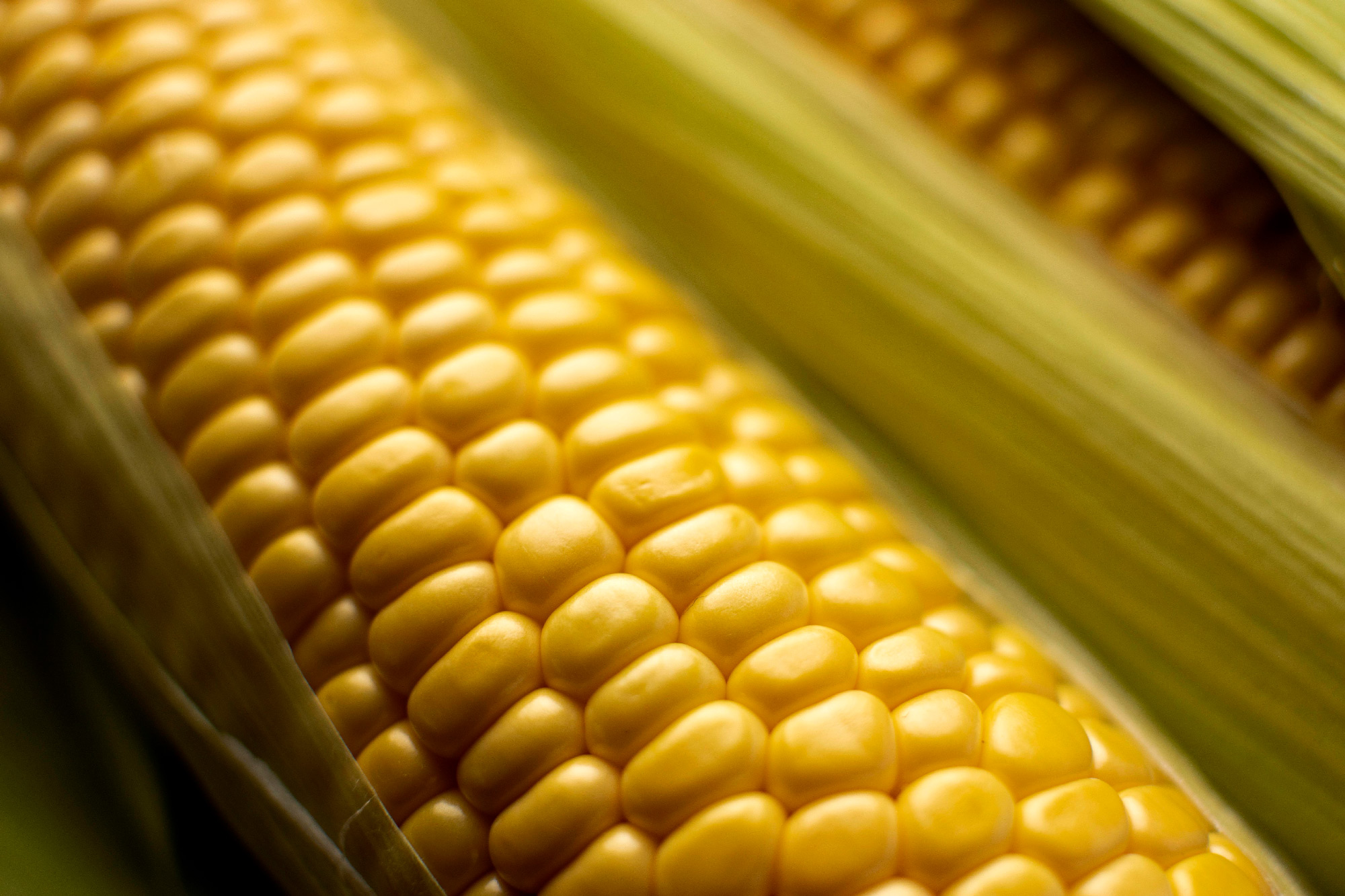Supercharge Your Health with Seasonal Fruits and Vegetables
Date
Share:
Supercharge your health and nourish your body with the vibrant and nutritious power of seasonal fruits and vegetables from the produce market. Packed with essential vitamins, minerals, and antioxidants, these seasonal delights not only tantalize your taste buds but also provide numerous health benefits.
From crisp apples and juicy oranges in the fall to succulent berries and refreshing watermelons in the summer, each season brings a bountiful array of colorful produce that supports optimal health. By incorporating these seasonal gems into your diet, you can boost your immune system, improve digestion, and enhance your overall well-being.
Not only are seasonal fruits and vegetables bursting with flavor, but they are also more affordable and sustainable. By purchasing produce that is in season, you can reduce the environmental impact of long-distance transportation and support local farmers. So, whether you’re whipping up a summer salad or baking a cozy winter squash dish, let the rhythm of the seasons guide your culinary adventures and elevate your health to new heights.
So why wait? Head to your local produce market and embark on a journey of flavor, nourishment, and well-being with the vibrant and diverse selection of seasonal fruits and vegetables.
Benefits of eating seasonal produce
Eating seasonal produce offers a myriad of benefits for your health and well-being. Seasonal fruits and vegetables are harvested at their peak ripeness, ensuring they provide the utmost nutritional value. When fruits and vegetables are picked at the right time, they have higher levels of vitamins, minerals, and antioxidants compared to their out-of-season counterparts. These nutrients are essential for maintaining a strong immune system, promoting healthy cell function, and reducing the risk of chronic diseases.
In addition, seasonal produce is often more flavorful and delicious. Just think of biting into a juicy, sun-ripened tomato in the summer or enjoying a crisp apple in the fall. The taste of seasonal fruits and vegetables is unrivaled, making them a delight to incorporate into your meals.
Nutritional value of seasonal fruits and vegetables
Seasonal fruits and vegetables are nutritional powerhouses, offering a wide range of vitamins, minerals, and antioxidants that are crucial for optimal health. For example, during the summer months, berries such as strawberries, blueberries, and raspberries are abundant. These small but mighty fruits are packed with antioxidants that help protect your cells from damage caused by free radicals. They are also rich in vitamins C and K, fiber, and various minerals.
In the fall, apples and pears take center stage. These fruits are not only delicious but also provide a good source of dietary fiber, which aids in digestion and helps to maintain a healthy weight. Apples are also rich in vitamin C and contain antioxidants that support heart health.
How to identify seasonal produce at the market
Identifying seasonal produce at the market can be easier than you think. One way to determine if a fruit or vegetable is in season is by checking its price. Seasonal produce tends to be more affordable due to its
abundance. Another clue is the appearance of the produce. Fruits and vegetables that are in season are often more vibrant in color and have a fresher smell.
Additionally, you can talk to the farmers or vendors at your local produce market. They are the experts and can provide valuable information about what is currently in season. Building a relationship with your local farmers not only helps you access the freshest produce but also supports the community and local economy.
Tips for selecting and storing seasonal fruits and vegetables
When selecting seasonal fruits and vegetables, it’s important to choose ones that are ripe and ready to eat. Look for produce that feels firm, has vibrant colors, and doesn’t have any visible bruises or blemishes. For some fruits, such as peaches or avocados, you can gently squeeze them to check for ripeness.
To ensure your seasonal produce stays fresh for as long as possible, proper storage is key. Most fruits and vegetables are best stored in a cool, dry place. However, some produce, like berries and leafy greens, are more delicate and require refrigeration. It’s also important to store fruits and vegetables separately, as some emit ethylene gas, which can cause others to ripen more quickly.
Delicious recipes using seasonal produce
Incorporating seasonal produce into your meals can be a delightful culinary adventure. With each season comes a unique set of flavors and textures that can elevate your dishes to new heights. Here are a few delicious recipes to inspire you:
1. Summer Salad with Watermelon and Feta: Combine juicy watermelon chunks, crumbled feta cheese, fresh mint leaves, and a drizzle of balsamic glaze for a refreshing and vibrant summer salad.
2. Roasted Butternut Squash Soup: In the colder months, roast butternut squash with a sprinkle of cinnamon and nutmeg. Blend it with vegetable broth, onions, and garlic for a comforting and nourishing soup.
3. Spring Asparagus and Pea Risotto: Sauté asparagus and peas with shallots and garlic. Stir in Arborio rice and gradually add vegetable broth until creamy and tender. Finish with a sprinkle of Parmesan cheese for a taste of spring.
Health benefits of incorporating seasonal produce into your diet
Incorporating seasonal produce into your diet can have a profound impact on your health. Fruits and vegetables that are in season are naturally higher in nutrients, making them an excellent choice for boosting your immune system. The vitamins, minerals, and antioxidants found in seasonal produce help protect your cells from damage, reduce inflammation, and support overall well-being.
Furthermore, seasonal fruits and vegetables are often higher in fiber, which aids in digestion and helps maintain a healthy weight. The fiber content in seasonal produce can also promote satiety, preventing overeating and supporting weight management goals.
Sustainable and environmentally-friendly aspects of eating seasonal produce
Choosing to eat seasonal produce not only benefits your health but also has a positive impact on the environment. When you buy produce that is in season, it is more likely to be locally sourced, reducing the carbon footprint associated with long-distance transportation.
Supporting local farmers and markets also helps to preserve agricultural diversity and protect local ecosystems. By purchasing from small-scale farmers, you contribute to the sustainability of their operations and help maintain a healthy balance in the ecosystem.
Where to find local produce markets
Local produce markets can be found in various locations, including farmers’ markets, community-supported agriculture (CSA) programs, and even online platforms. Farmers’ markets are a great place to connect with local farmers and discover a wide variety of seasonal produce. CSA programs allow you to receive a weekly or monthly box of fresh, seasonal produce directly from local farms. Online platforms, such as farm-to-door delivery services, offer the convenience of ordering seasonal produce from the comfort of your home.
Research your local area to find out where these markets are located and what options are available to you. Embrace the opportunity to support local agriculture and enjoy the bountiful flavors of seasonal fruits and vegetables.
Conclusion: Embrace the flavors and benefits of seasonal fruits and vegetables
Embrace the flavors and benefits of seasonal fruits and vegetables by incorporating them into your daily meals. From boosting your immune system to supporting local farmers and the environment, the advantages of eating seasonal produce are plentiful. So, take a trip to your local produce market and let the vibrant and diverse selection of seasonal fruits and vegetables fuel your journey towards optimal health and well-being.


